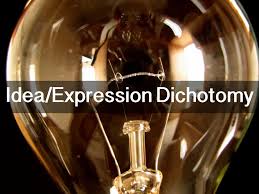


Disclaimer & Confirmation
As per the rules of the Bar Council of India, law firms are not permitted to solicit work and advertise. By clicking on the “I AGREE” button below, user acknowledges the following:
However, the user is advised to confirm the veracity of the same from independent and expert sources.